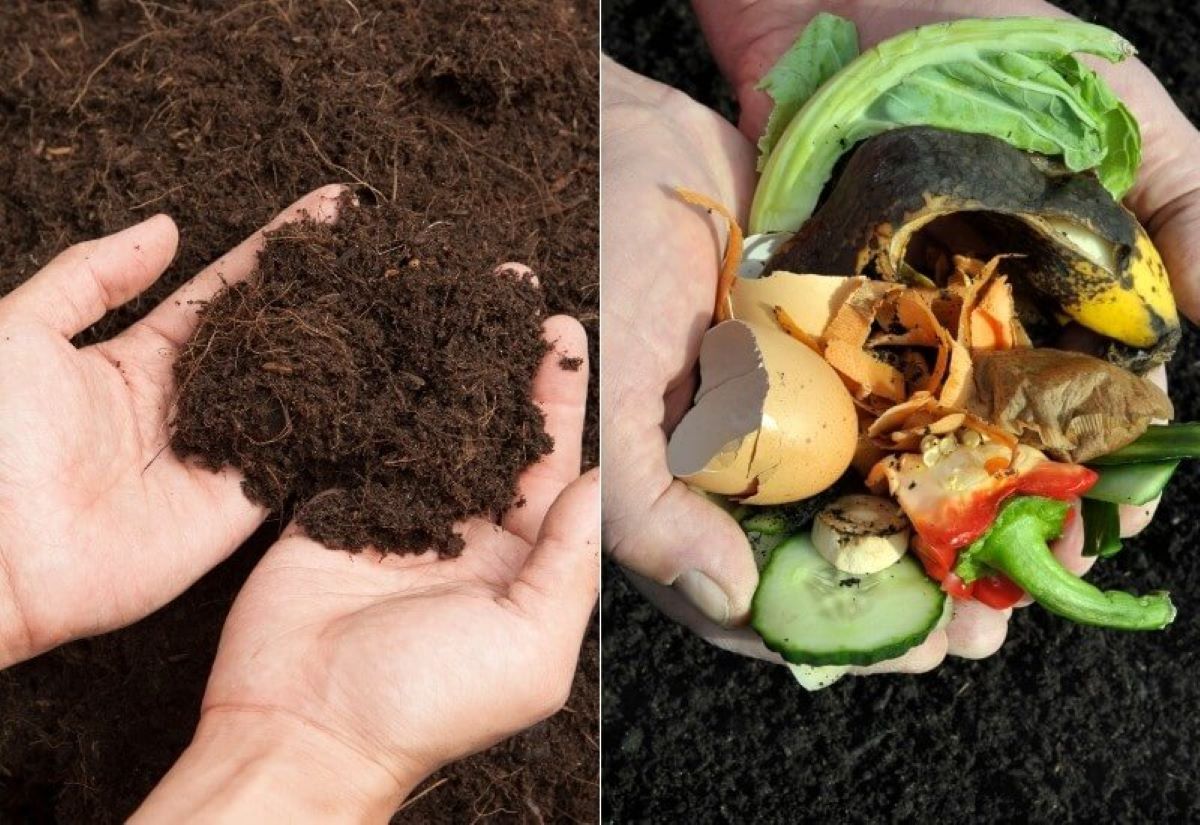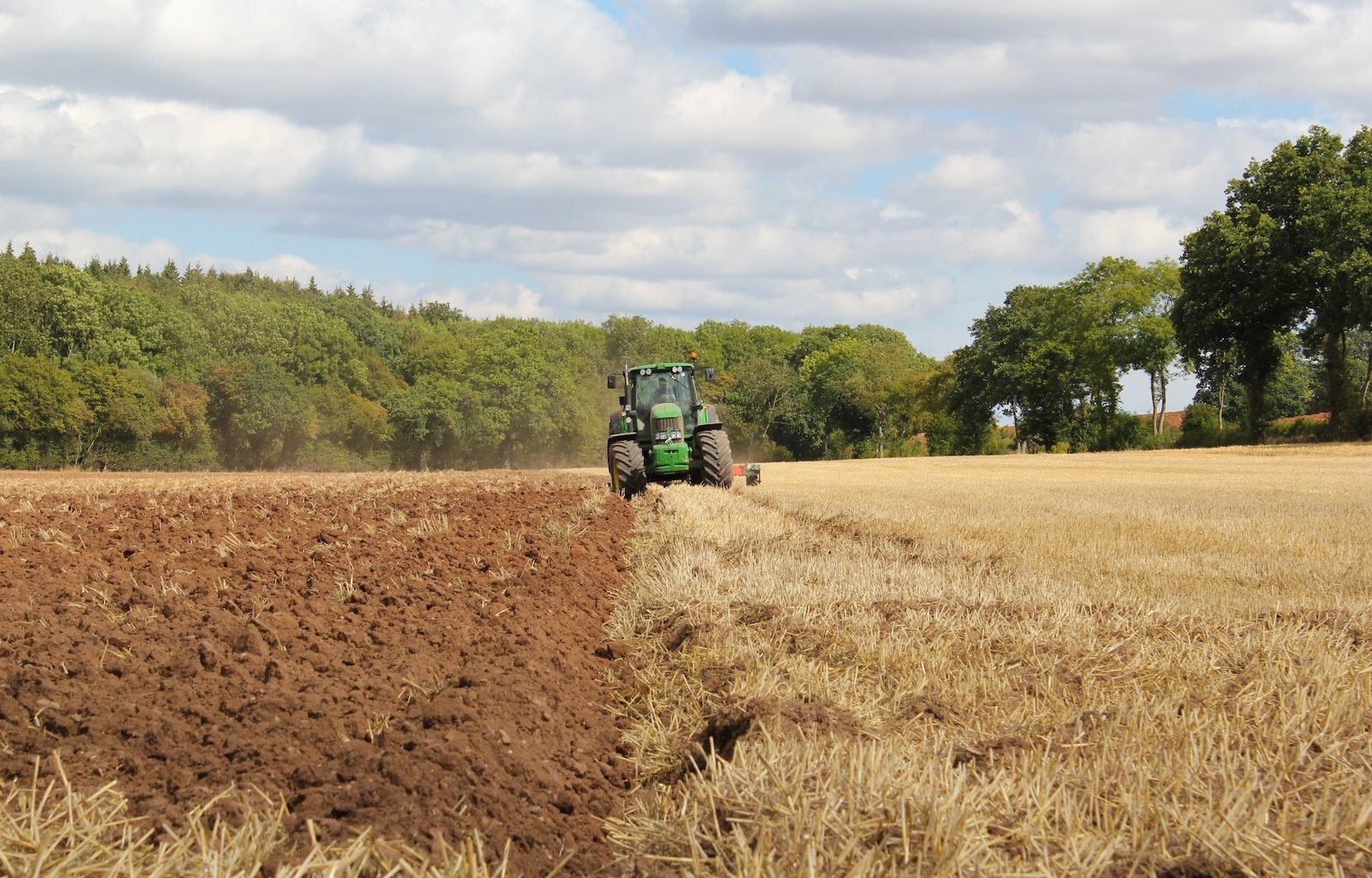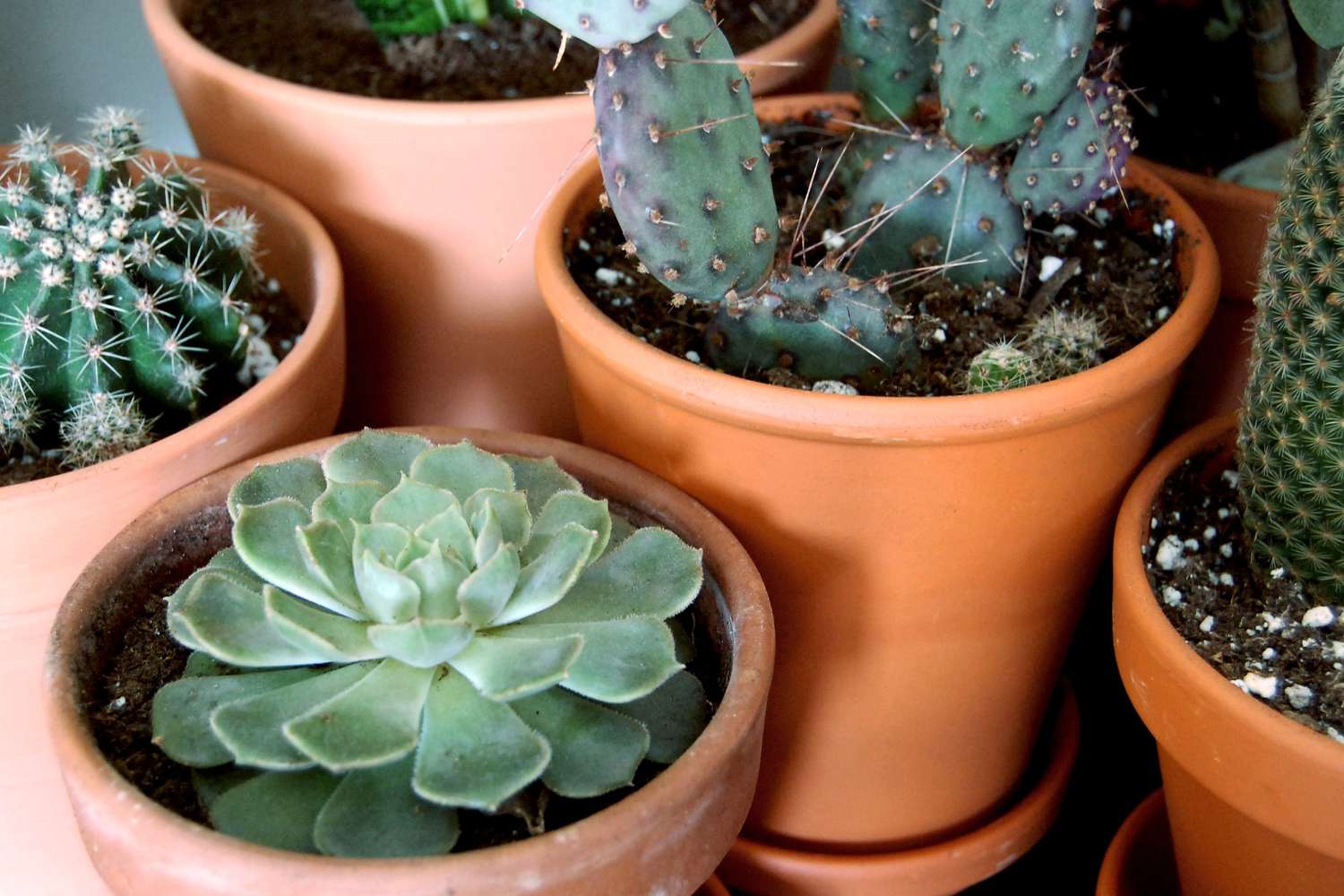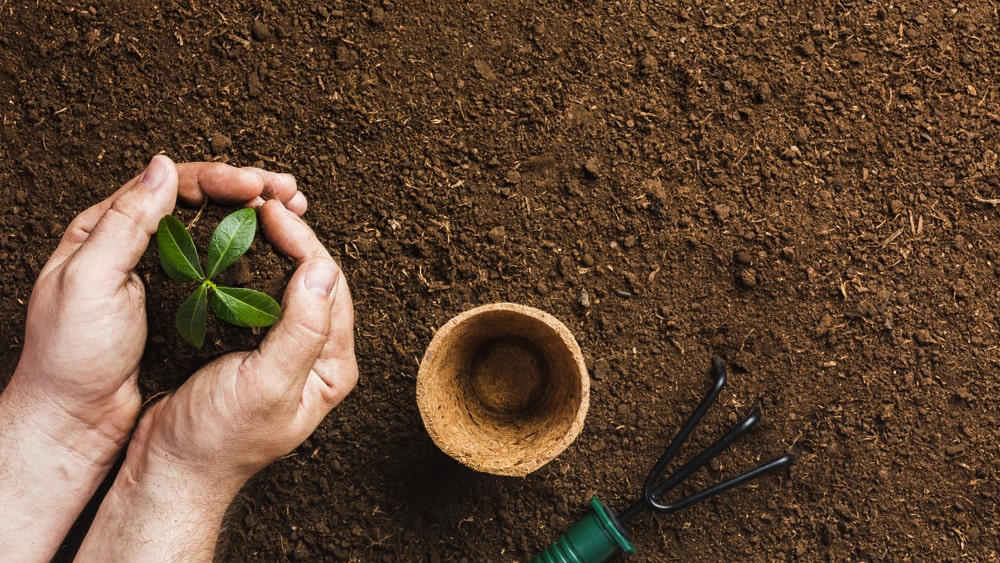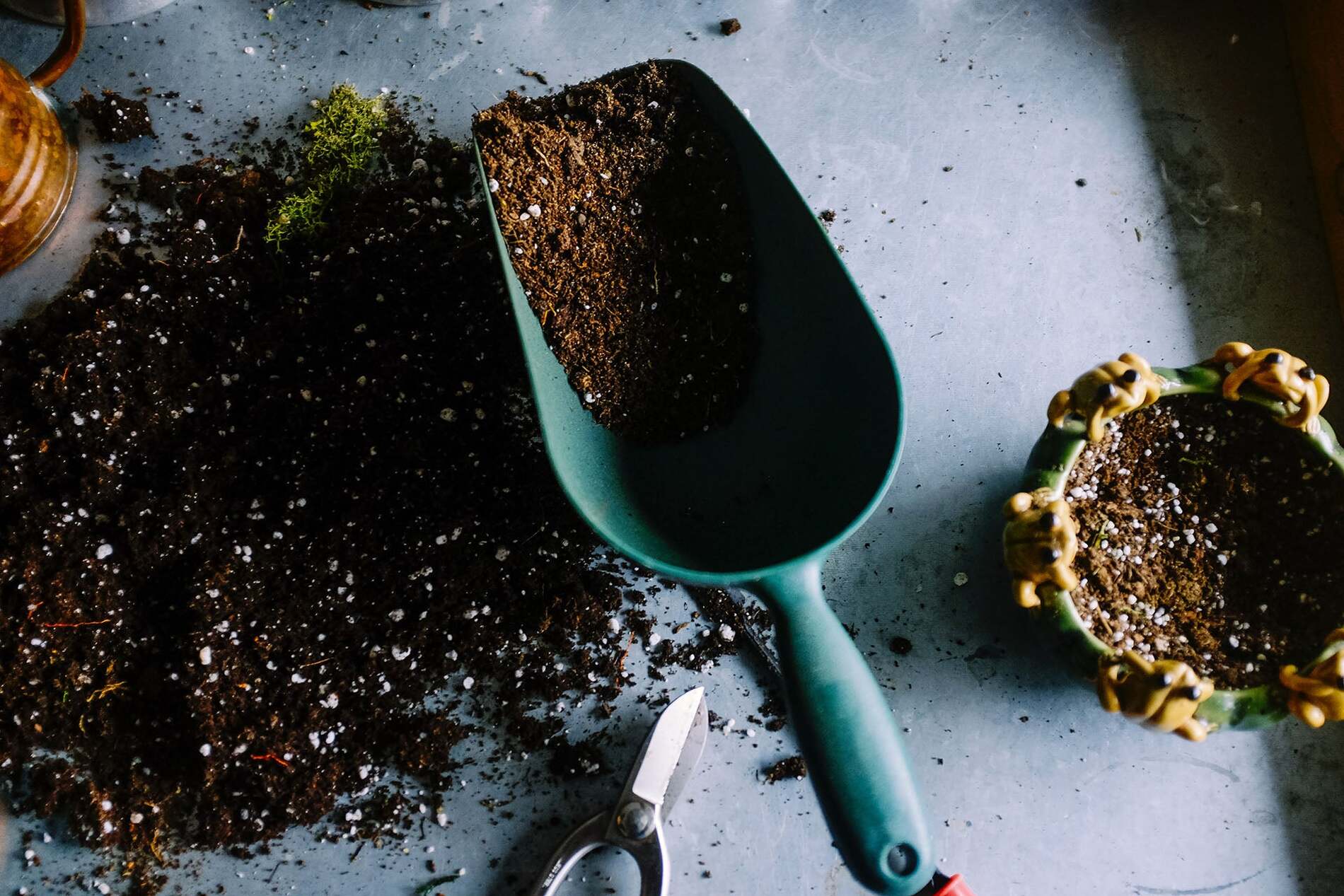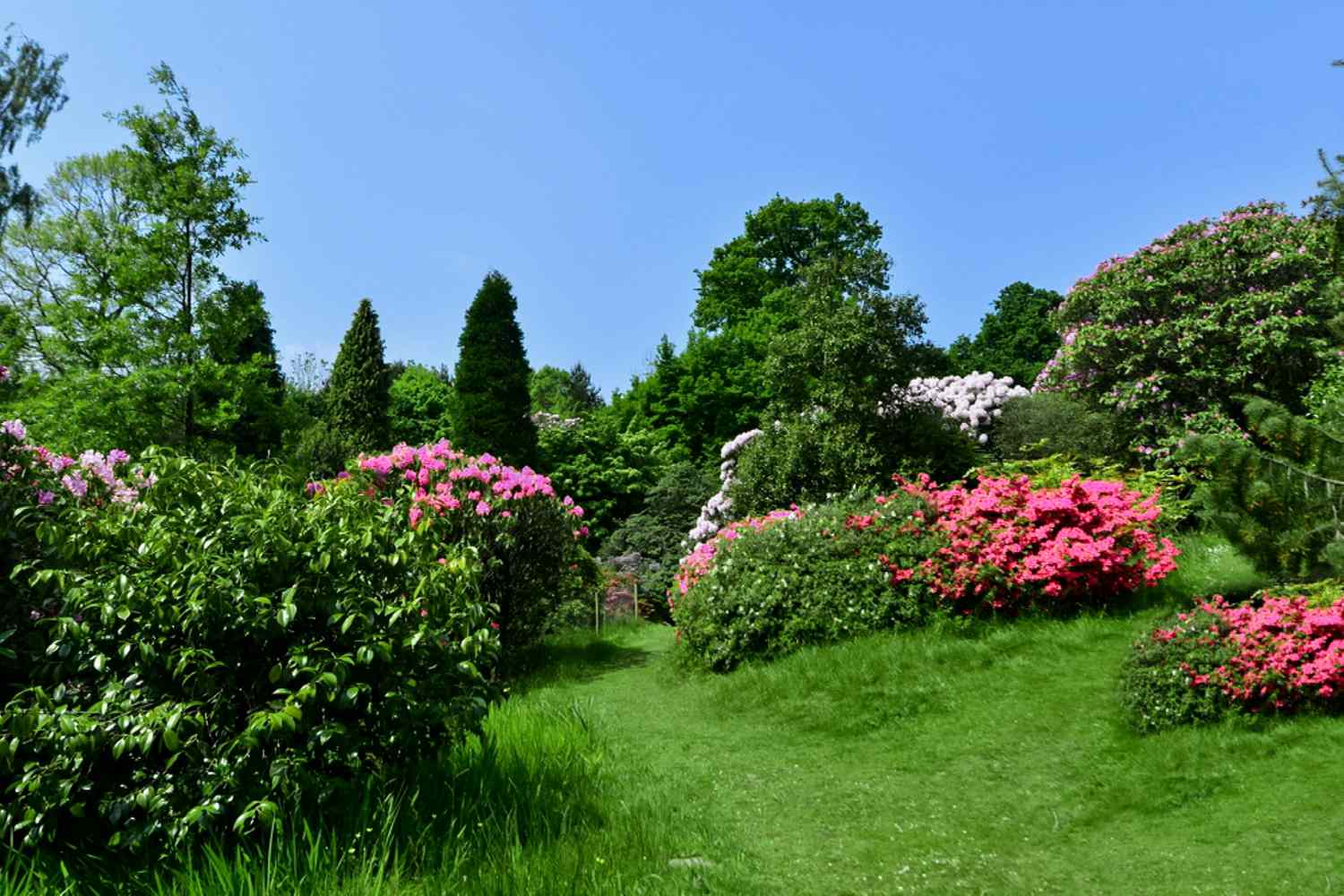Home>Gardening News and Trends>Latest News>What Is The Difference Between Shrubs And Bushes


Latest News
What Is The Difference Between Shrubs And Bushes
Modified: February 8, 2024
Discover the latest news on the difference between shrubs and bushes. Explore their characteristics, growth patterns, and uses in landscaping.
(Many of the links in this article redirect to a specific reviewed product. Your purchase of these products through affiliate links helps to generate commission for Chicagolandgardening.com, at no extra cost. Learn more)
Table of Contents
Introduction
Welcome to our comprehensive guide on the difference between shrubs and bushes. Many people use these terms interchangeably, assuming they refer to the same type of plant. However, there are distinct differences between shrubs and bushes in terms of their characteristics, uses, and even their botanical classifications. Understanding these differences can help you choose the right plants for your landscaping or gardening needs.
Both shrubs and bushes are popular choices for adding greenery and aesthetic appeal to outdoor spaces, but they have unique features that set them apart. In this article, we will delve into the definitions, characteristics, types, and uses of shrubs and bushes to provide you with a comprehensive understanding of each.
We will explore the various types of shrubs and bushes, highlight their distinct characteristics, and outline their common uses in landscaping and gardening. By the end of this article, you will have a clear understanding of what separates shrubs from bushes and how to utilize them effectively in your outdoor spaces.
Definition of Shrubs
Shrubs are woody plants that are smaller in size compared to trees but larger than herbaceous plants. They are characterized by multiple stems and a bushy growth habit. Unlike trees, shrubs do not have a single main trunk; instead, they have a branching structure that starts at or near the ground level. This makes them ideal for creating hedges, borders, or filling in gaps in landscaping designs.
The term “shrub” is a broad category that encompasses a wide range of plant species. They can be evergreen or deciduous, meaning they may retain their foliage throughout the year or shed their leaves during certain seasons. Shrubs come in various shapes and sizes, from compact and rounded to tall and vase-shaped. This diversity allows for endless creativity in landscaping and gardening projects.
Shrubs play a crucial ecological role in providing habitat and food sources for birds, insects, and other wildlife. They also offer numerous benefits to humans, including providing shade, improving air quality, reducing noise pollution, preventing soil erosion, and enhancing the overall aesthetic appeal of outdoor spaces.
Characteristics of Shrubs
Shrubs have several distinctive characteristics that set them apart from other types of plants. Understanding these characteristics can help you identify shrubs and differentiate them from trees and herbaceous plants. Here are some key features of shrubs:
- Multiple Stems: Unlike trees, which have a single main trunk, shrubs have multiple stems that usually arise from the base of the plant. These stems branch out and create a dense and bushy appearance.
- Size: Shrubs vary in size and can range from just a few feet tall to several meters in height. Some compact shrubs can even be used as ground covers.
- Foliage: Shrubs can have either evergreen or deciduous foliage. Evergreen shrubs retain their leaves throughout the year, providing visual interest even during the winter. Deciduous shrubs shed their leaves during certain seasons, offering a changing display of colors throughout the year.
- Flowers and Fruits: Many shrubs produce colorful flowers and fruits, adding beauty and attracting pollinators to the garden. These flowers and fruits can vary in size, shape, and color, depending on the species of shrub.
- Growth Habit: Shrubs have a compact and bushy growth habit. They can be pruned and shaped to create formal hedges or used as informal plants to add texture and variety to the landscape.
The combination of these characteristics makes shrubs versatile plants for a range of landscaping purposes. Whether you want to create privacy, add visual interest, attract wildlife, or define areas in your garden, shrubs can be an excellent choice.
Types of Shrubs
There is a vast array of shrub varieties available, each with its own unique features and characteristics. Here are some of the most common types of shrubs:
- Flowering Shrubs: These shrubs are renowned for their vibrant and colorful flowers. Examples include roses, azaleas, hydrangeas, lilacs, and rhododendrons.
- Evergreen Shrubs: As the name suggests, evergreen shrubs retain their leaves throughout the year, providing greenery even in the winter months. Examples include boxwoods, junipers, yews, and hollies.
- Deciduous Shrubs: Deciduous shrubs shed their leaves during the winter or dry seasons, showcasing stunning foliage colors before they fall. Examples include dogwoods, butterfly bushes, forsythias, and ninebarks.
- Fruit-Bearing Shrubs: These shrubs not only add aesthetic appeal to your garden but also offer delectable fruits. Examples include blueberries, raspberries, blackberries, elderberries, and currants.
- Evergreen Flowering Shrubs: These shrubs combine the best of both worlds, offering vibrant flowers and year-round foliage. Examples include camellias, gardenias, and azaleas.
- Native Shrubs: Native shrubs are plants that naturally occur in a specific region or ecosystem. They are well-adapted to the local climate and soil conditions, making them an excellent choice for low-maintenance landscaping. Examples include oakleaf hydrangeas, spicebushes, blueberry bushes, and serviceberries.
These are just a few examples of the numerous shrub varieties available. When selecting shrubs for your garden, consider factors such as climate, soil conditions, sun exposure, and personal preferences. By choosing a variety of shrubs, you can create a diverse and visually appealing landscape that changes with the seasons.
Uses of Shrubs
Shrubs have a wide range of uses in landscaping and gardening, making them popular choices for both residential and commercial outdoor spaces. Here are some common uses of shrubs:
- Privacy and Screening: By planting shrubs strategically, you can create natural barriers and screens to enhance privacy in your garden or yard. Tall and dense shrubs such as arborvitae, holly, or privet can block views and act as living fences.
- Foundation Plantings: Shrubs are commonly used to soften the appearance of a building’s foundation. Low-growing shrubs such as boxwoods or lavender can be planted alongside the base of a house to add visual interest and tie the structure to the surrounding landscape.
- Hedges and Borders: Many shrubs can be pruned and shaped to create beautiful hedges and borders. Shrubs like boxwoods, yews, and laurels are often trimmed into neat edges to define spaces or create formal garden structures.
- Erosion Control: The extensive root systems of shrubs help stabilize the soil on slopes and prevent erosion. Planting shrubs on embankments or hillsides can effectively control soil erosion during heavy rainfall or wind.
- Wildlife Habitat: Shrubs provide valuable shelter and food sources for birds, butterflies, bees, and other wildlife. By including a variety of shrubs in your garden, you can attract a diverse range of beneficial creatures and contribute to local biodiversity.
- Seasonal Interest: Shrubs offer changing foliage colors, beautiful flowers, and even fruits throughout the seasons. By selecting a combination of shrubs with different blooming periods, you can create a landscape that remains visually appealing and engaging year-round.
These are just a few examples of the numerous uses of shrubs in landscaping and gardening. Their versatility, durability, and aesthetic appeal make them an integral part of any outdoor design, whether you’re looking to create privacy, define spaces, provide habitat, or add beauty to your surroundings.
Definition of Bushes
Bushes are compact, low-growing plants that are typically characterized by their dense foliage and branching structure. Unlike shrubs, which can have multiple stems and a more upright growth habit, bushes are often shorter and more rounded in shape. They tend to have a single main stem or trunk that divides into multiple branches, creating a bushy and full appearance.
The term “bush” is often used to refer to a specific size or form of a plant rather than a distinct botanical classification. Many plants that are commonly referred to as bushes can actually fall into the category of shrubs, sub-shrubs, or even small trees. The distinction is more about the growth habit and size of the plant rather than its botanical classification.
Bushes can be either deciduous or evergreen, depending on the plant species. While some bushes may offer stunning displays of flowers, others may be valued for their foliage, texture, or ability to attract pollinators. Due to their compact size and bushy nature, bushes are often used to fill in gaps in garden beds, provide groundcover, or create borders and edging.
Characteristics of Bushes
Bushes have several distinct characteristics that set them apart from other types of plants. Understanding these characteristics can help you identify bushes and differentiate them from shrubs and other plant forms. Here are some key features of bushes:
- Compact Size: Bushes are known for their compact growth habit and smaller size compared to trees and even shrubs. They are generally low-growing and do not exceed a certain height, making them suitable for smaller gardens or areas with space limitations.
- Dense Foliage: Bushes typically have dense foliage that covers the entire plant, creating a full and bushy appearance. This dense foliage can provide privacy, serve as a windbreak, or simply add visual interest to your garden.
- Branching Structure: Unlike shrubs that may have multiple stems, bushes usually have a single main stem or trunk that divides into multiple branches. This branching structure contributes to the bushy and compact nature of these plants.
- Ground-Hugging: Many bushes have a spreading or prostrate growth habit, which means they tend to hug the ground and create a carpet-like effect. This makes them ideal for use as ground covers or for filling in empty spaces in garden beds.
- Variable Lifespan: Bushes can have varying lifespans, depending on the specific species and environmental conditions. Some bushes may be short-lived and require replanting, while others can be long-lived and provide years of beauty and enjoyment in your garden.
These characteristics make bushes versatile plants for a range of landscaping applications. Their compact size, dense foliage, and branching structure contribute to their aesthetic appeal and practical function in creating visual interest, providing groundcover, or simply adding greenery to your outdoor space.
Types of Bushes
There are many different types of bushes available, each with its own unique characteristics and growth habits. Here are some common types of bushes that you may come across:
- Flowering Bushes: These bushes are renowned for their vibrant and colorful flowers. Examples include roses, azaleas, hydrangeas, lilacs, and butterfly bushes.
- Evergreen Bushes: Evergreen bushes retain their foliage throughout the year, providing greenery and interest, even during the winter months. Examples include boxwoods, junipers, yews, and cypress bushes.
- Deciduous Bushes: Deciduous bushes shed their leaves during certain seasons, usually during autumn or winter. Examples include forsythias, weigelas, ninebarks, and spirea bushes.
- Ground Cover Bushes: These low-growing bushes spread horizontally, creating a dense mat of foliage that covers the ground. Examples include creeping juniper, cotoneaster, periwinkle, and wintergreen.
- Native Bushes: Native bushes are plants that naturally occur in a specific region or ecosystem. They are adapted to the local climate, require less maintenance, and provide habitat for local wildlife. Examples include blueberry bushes, snowberry, serviceberry, and elderberry bushes.
- Edible Bushes: Some bushes not only offer aesthetic value but also provide edible fruits or berries. Examples include blueberries, raspberries, blackberries, currants, and gooseberries.
These are just a few examples of the wide variety of bushes available. When choosing bushes for your garden, consider factors such as sunlight requirements, soil conditions, and the overall aesthetic you wish to achieve. By selecting a combination of bushes with different flowering times and foliage colors, you can create a vibrant and visually appealing landscape.
Uses of Bushes
Bushes serve a variety of practical and aesthetic purposes in landscaping and gardening projects. Whether you’re looking to create borders, provide groundcover, or add visual interest to your outdoor space, bushes can be an excellent choice. Here are some common uses of bushes:
- Boundary and Privacy: Bushes can be used to create natural boundaries and privacy screens in your garden or yard. Planting taller bushes along property lines or around outdoor living spaces can offer privacy from neighbors and block unwanted views.
- Groundcover and Erosion Control: Low-growing and spreading bushes can be used as ground covers to fill in empty spaces, prevent soil erosion, and reduce weed growth. They add texture and visual interest to bare areas or slopes in the landscape.
- Foundation Plantings: Bushes are commonly used to soften the appearance of a building’s foundation. Planting bushes along the base of your home or other structures can create a seamless transition between the building and the surrounding landscape.
- Accent and Focal Points: Bushes with distinctive foliage or flowers can serve as accents or focal points in your garden. Placing a well-chosen bush in strategic locations can draw attention and add visual interest to specific areas of your outdoor space.
- Wildlife Habitat: Bushes provide shelter, nesting sites, and a food source for various wildlife. Birds, butterflies, bees, and other beneficial insects are attracted to the flowers and fruits of bushes, contributing to a healthy and diverse ecosystem in your garden.
- Seasonal Interest: With a variety of flowering bushes available, you can create a landscape that offers ongoing visual interest throughout the seasons. By selecting bushes that bloom at different times, you can ensure a continuous display of colors and flowers in your garden.
These are just a few examples of the many uses of bushes in landscaping and gardening. The versatility, range of sizes, and foliage variations make bushes an essential component for creating beautiful and functional outdoor spaces.
Difference Between Shrubs and Bushes
While the terms “shrubs” and “bushes” are often used interchangeably, there are some key differences between the two. Here are the main distinctions:
Size and Growth Habit: The most noticeable difference between shrubs and bushes is their size and growth habit. Shrubs tend to be larger than bushes, with multiple stems branching out from or near the ground. They can vary in height and width, ranging from a few feet to several meters. On the other hand, bushes are generally smaller and more compact, maintaining a low-growing and rounded appearance.
Stem Structure: Shrubs typically have multiple stems, while bushes usually have a single main stem or trunk that branches out. This branching structure contributes to the bushy and full appearance of both shrubs and bushes.
Botanical Classification: The terms “shrub” and “bush” do not have strict botanical definitions. Shrubs and bushes can come from various plant families and can even overlap in terms of their characteristics. The distinction between the two is more related to their growth form and size rather than their botanical classification.
Uses: Both shrubs and bushes have practical and aesthetic uses in landscaping. However, shrubs are often favored for creating hedges, defining spaces, and providing privacy due to their larger size and ability to be pruned into specific shapes. Bushes, on the other hand, are commonly used for groundcover, accent planting, erosion control, and filling in gaps in garden beds.
Growth Rate: In general, shrubs tend to grow at a slower pace compared to bushes. Shrubs often take longer to establish and reach their mature size, while bushes can grow relatively quickly and fill in spaces more rapidly.
Appearance: Shrubs and bushes also differ in their overall appearance. Shrubs, with their larger size and multiple stems, have a more upright and spreading growth habit. They often have a more formal or structured appearance when pruned. Bushes, with their compact and rounded shape, create a softer, more informal look.
While these differences help to distinguish between shrubs and bushes, it’s important to note that the terms can sometimes be used interchangeably and may vary depending on regional or personal preferences. Ultimately, both shrubs and bushes offer a range of options for adding greenery, beauty, and functionality to your outdoor spaces.
Conclusion
Understanding the difference between shrubs and bushes is essential for anyone interested in landscaping, gardening, or simply adding greenery to their outdoor spaces. While the terms are often used interchangeably, there are distinct characteristics that set shrubs and bushes apart.
Shrubs are generally larger in size, with multiple stems and a bushy growth habit. They offer a wide variety of options, from flowering shrubs to evergreen or deciduous varieties. Shrubs are often used for creating hedges, defining spaces, and providing privacy or habitat for wildlife.
Bushes, on the other hand, are smaller in size with a compact and rounded shape. They are commonly used for groundcover, filling in gaps in garden beds, or creating accents and focal points. Bushes can be evergreen or deciduous, offering versatility in terms of foliage and flowering.
When selecting shrubs and bushes for your outdoor space, consider factors such as sunlight exposure, soil conditions, desired growth habits, and maintenance requirements. By carefully choosing a combination of shrubs and bushes, you can create a visually appealing landscape that provides privacy, attracts wildlife, adds seasonal interest, and enhances the overall beauty of your surroundings.
Remember, the terms “shrubs” and “bushes” can overlap in certain situations, and the distinction may vary depending on regional or personal preferences. What matters most is selecting plants that suit your specific needs and bring joy to your outdoor environment.
